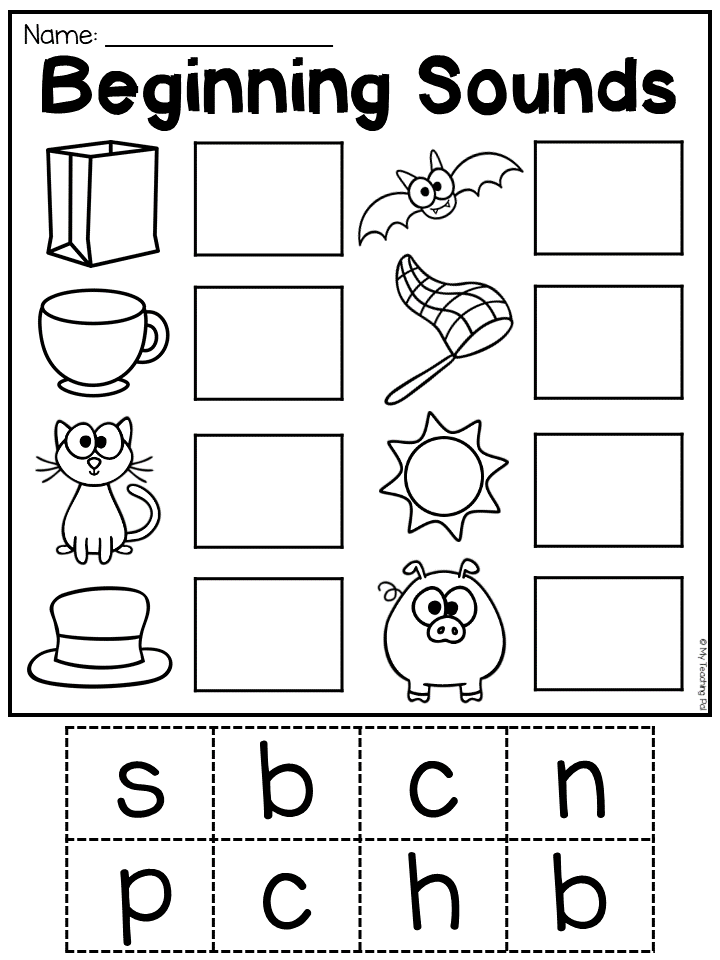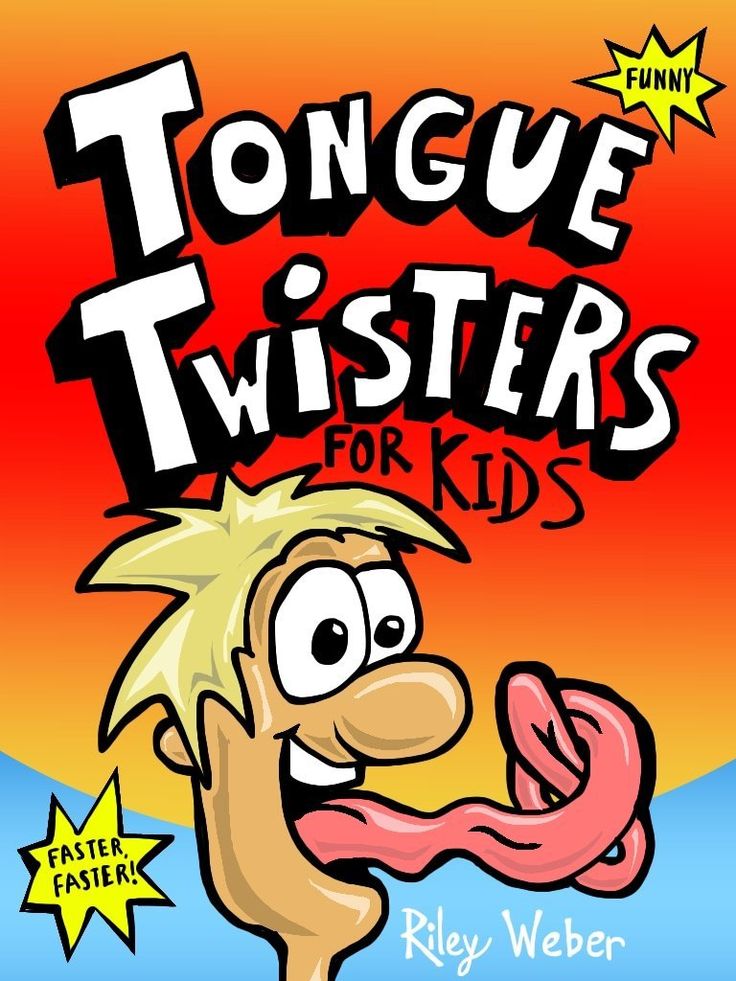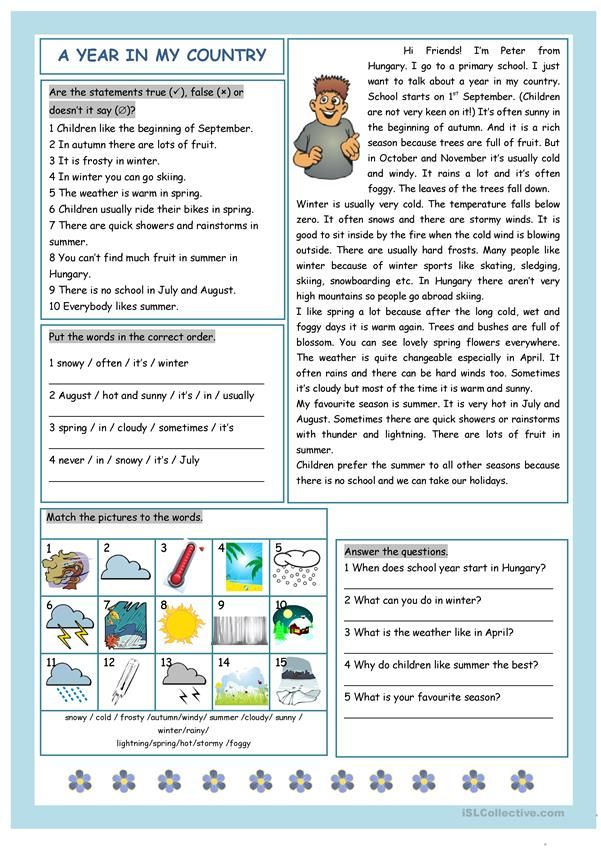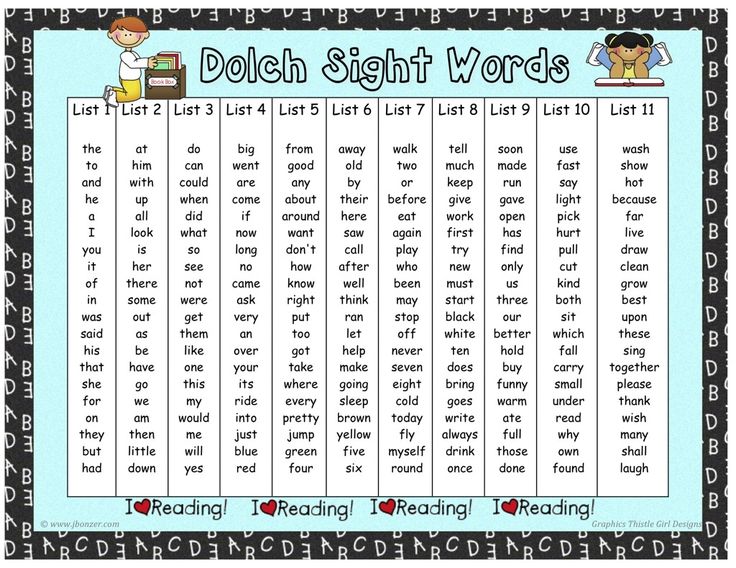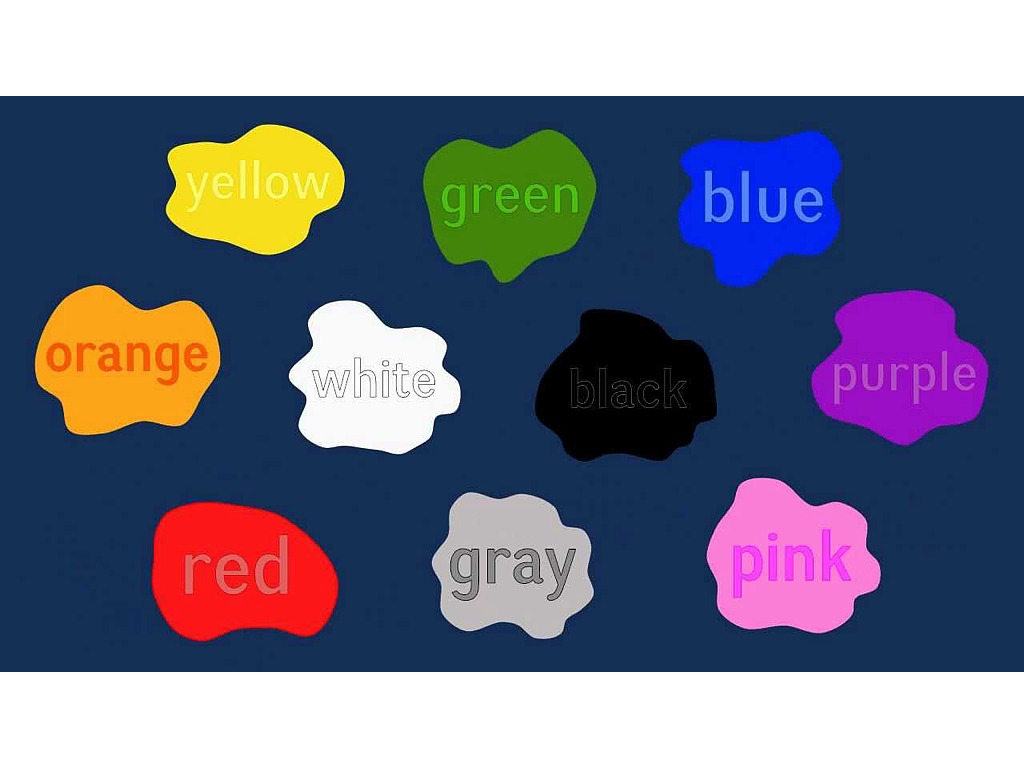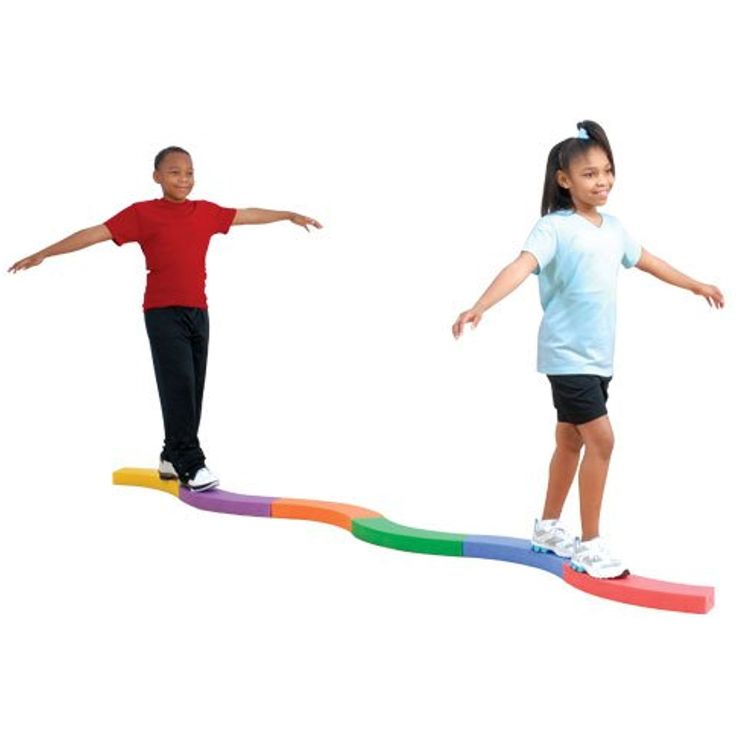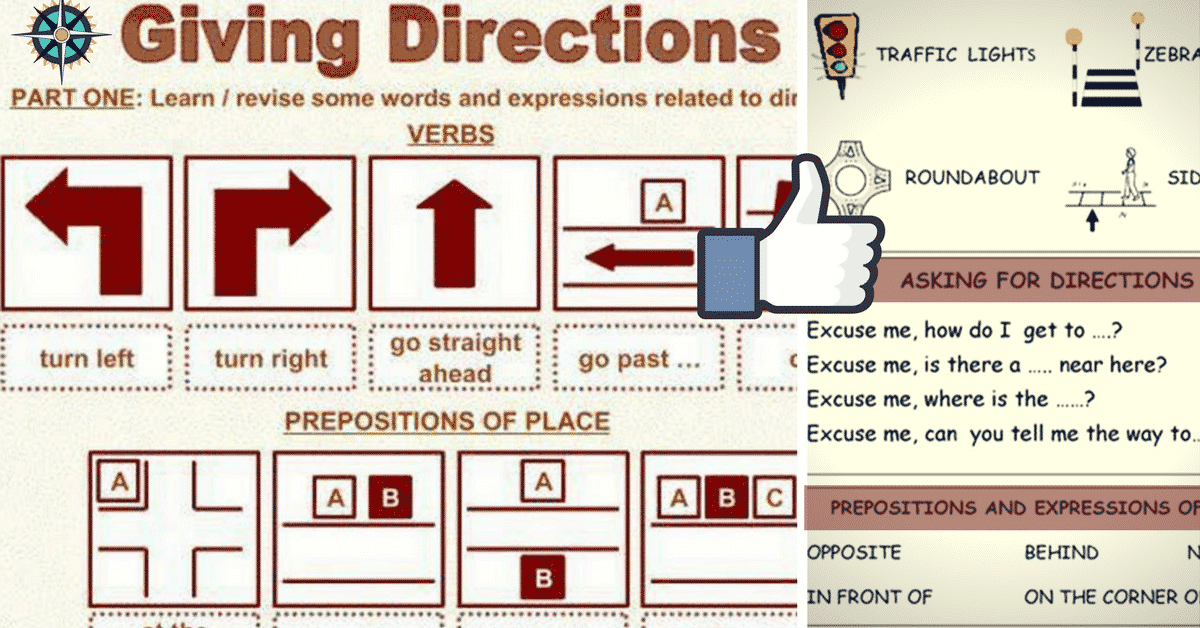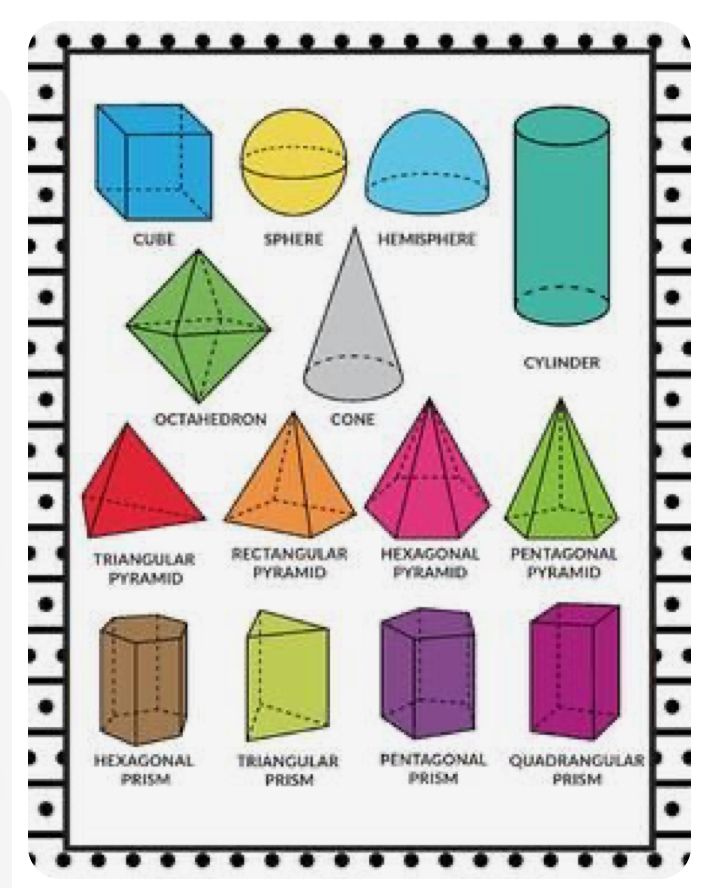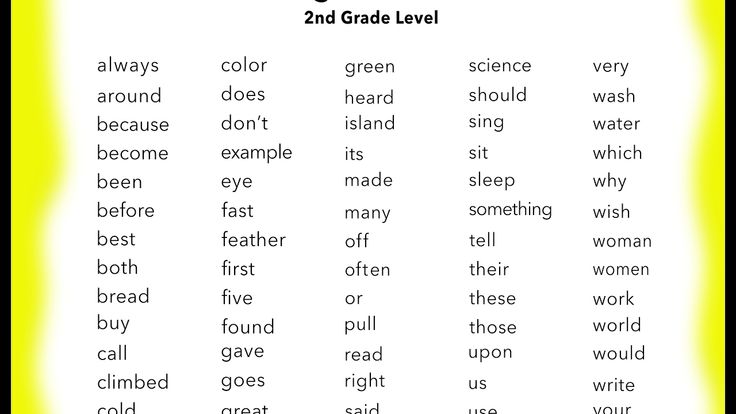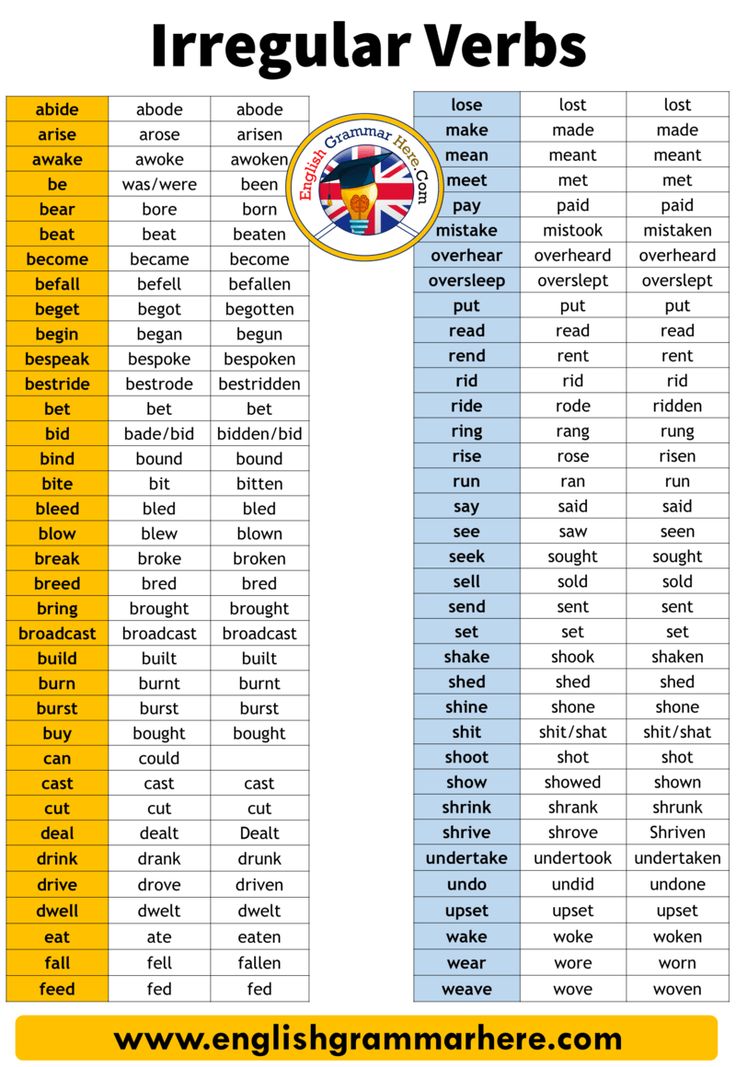Beginning sound activities for preschool
14 Phenomenal Phonics Activities for Preschoolers
It’s difficult to overstate how important reading and language are. These skills are the foundation for a lifetime of success, so it’s only natural if you’re seeking out ways to make sure the little ones in your care are on solid ground. One tried-and-true method for building literacy skills is through the use of phonics activities. In this article we’ll help explain what phonics are and share some excellent phonics activities we’ve found from preschool professionals.
What are phonics?
It’s pretty simple—phonics are just the relationships between letters and the sounds they make. For instance, the letter “p” sounds like /p/ and the letter combination of “tion” sounds /shun/. Though letter combinations like “tion” are more complex, preschoolers can get started learning to recognize simpler letter sounds.
Learning phonics will help young kids decode words to learn how they’re pronounced and what they mean. This will give them a leg up on writing and spelling. Normally learned between kindergarten and second grade, phonics activities are available for every age, including remarkably simple and amusing options for you and your child. We’ve gathered the best on the web just for you and your preschooler.
14 Fun phonics activities for preschoolers
1. Rainbow hop letter sounds game
This kinetic phonics game from Fun Learning for Kids transforms your living room into a life-sized board game. Simply use colored paper, one die and a marker to create a stepping-stone for every letter of the alphabet or however many you have room for. You can even include “ch” and “sh” pieces for more advanced learners. For the game, your child will roll the die, take the allotted number of hops and say and pronounce the letter that they land on. Perfect for playing with siblings or parents or friends, this active game will help your little one learn both letter sounds and counting.
2. Alphabet ball
Best played outside or in a gym, this super simple active game from Hands On As We Grow will keep your energetic preschooler moving, grooving and learning.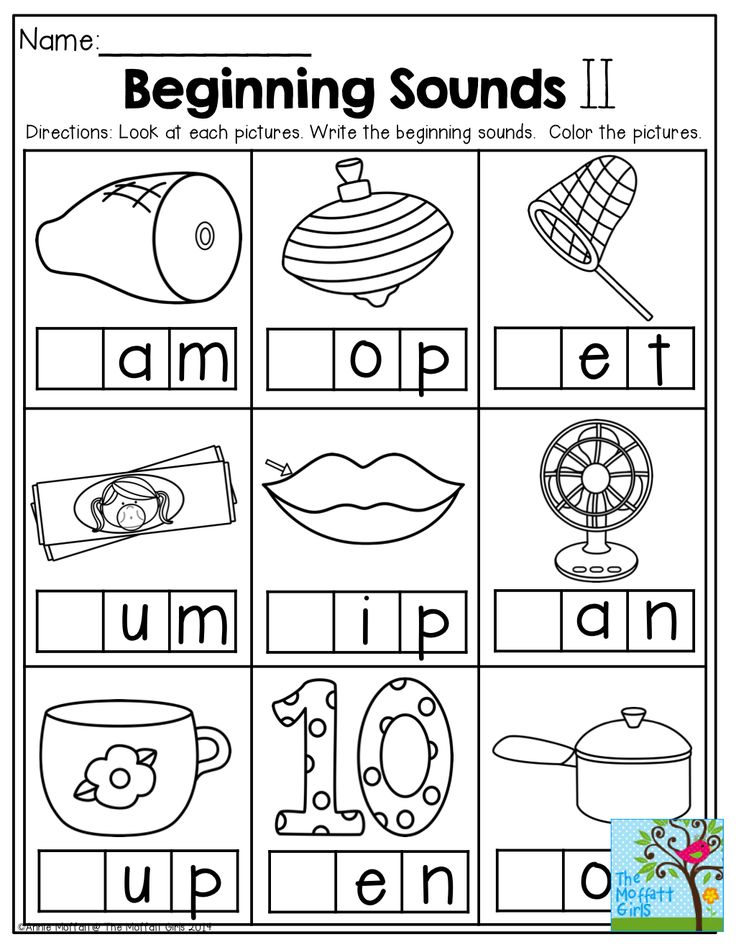 First, the adult calls out a letter and the child responds with a word that begins with that letter. Then, the adult throws the ball to the child and the child gives the adult a letter to find a word for, and on and on. You can make the game even more fun by kicking the ball or chasing each other to tag with the ball. You can also play rhyming ball, where the thrower provides a word for the catcher to rhyme with.
First, the adult calls out a letter and the child responds with a word that begins with that letter. Then, the adult throws the ball to the child and the child gives the adult a letter to find a word for, and on and on. You can make the game even more fun by kicking the ball or chasing each other to tag with the ball. You can also play rhyming ball, where the thrower provides a word for the catcher to rhyme with.
3. Alphabet phonics clip cards
You can download these free, fun and easily portable phonics clip cards from Kids Activities. Using clothespins or any other kind of nonpermanent marker, your child will mark which animal name starts with the letter “z,” “b” or “s” depending on the card. These colorful cards enable your child to work on word association and sounds while in the car, waiting at the doctor’s office or relaxing at home.
4. Letter sounds race
This Letter Sounds Race from Inspiration Laboratories is perfect for your little sprinter. Place letter magnet opposite any magnetic surface—magnet board, the fridge or easel.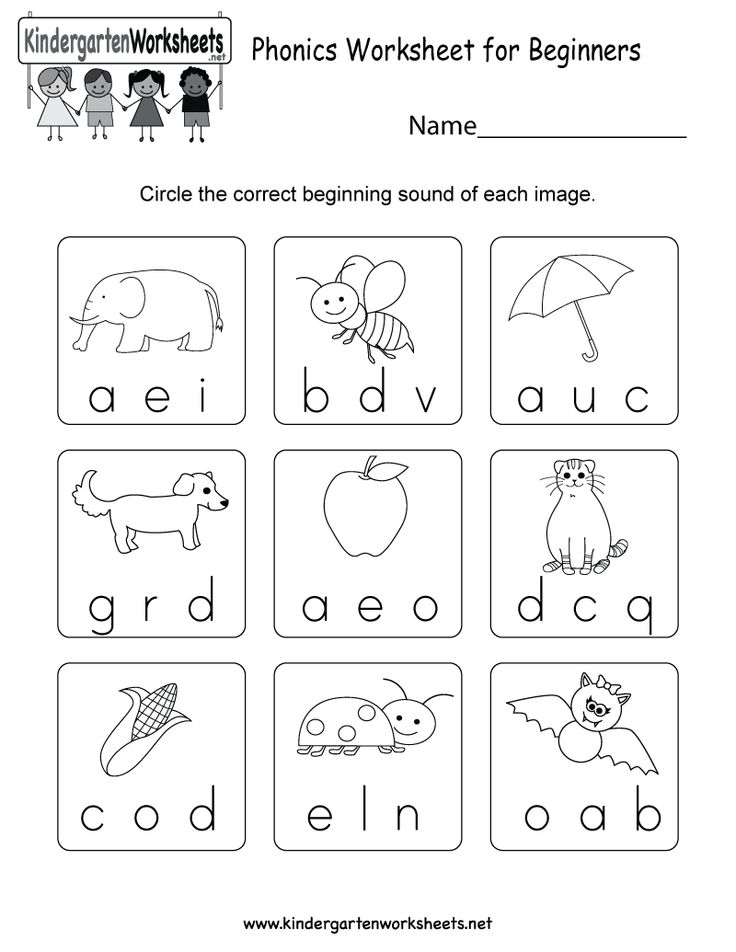 While your kiddo stands near the magnet board, pronounce a letter sound, have them run to the letter magnets, pick out the corresponding letter and place it on the magnet board. You can help your younger child learn new letter sounds by asking them to find and place the letter, pronounce the letter sound and ask them to repeat it.
While your kiddo stands near the magnet board, pronounce a letter sound, have them run to the letter magnets, pick out the corresponding letter and place it on the magnet board. You can help your younger child learn new letter sounds by asking them to find and place the letter, pronounce the letter sound and ask them to repeat it.
5. Phonic photo scavenger hunt
Get clicking with this bright idea from VeryWell Family. Have your preschooler create a photo album, either physical or digital, with a photo of an item for every letter sound: “a” for anthill to “z” for zoo. This is an easy way to keep the learning flowing while on vacation or on the go. This can be done again and again to learn new sounds like “ch” or “sh.”
6. Spin & rhyme
No Time For Flash Cards suggests a creative alternative to boring work sheets. Use a paper towel roll and clothes hanger to easily create rhyming words (e.g., cat, pat, mat, sat). This exercise also helps your little one learn how to break down words and identify word families.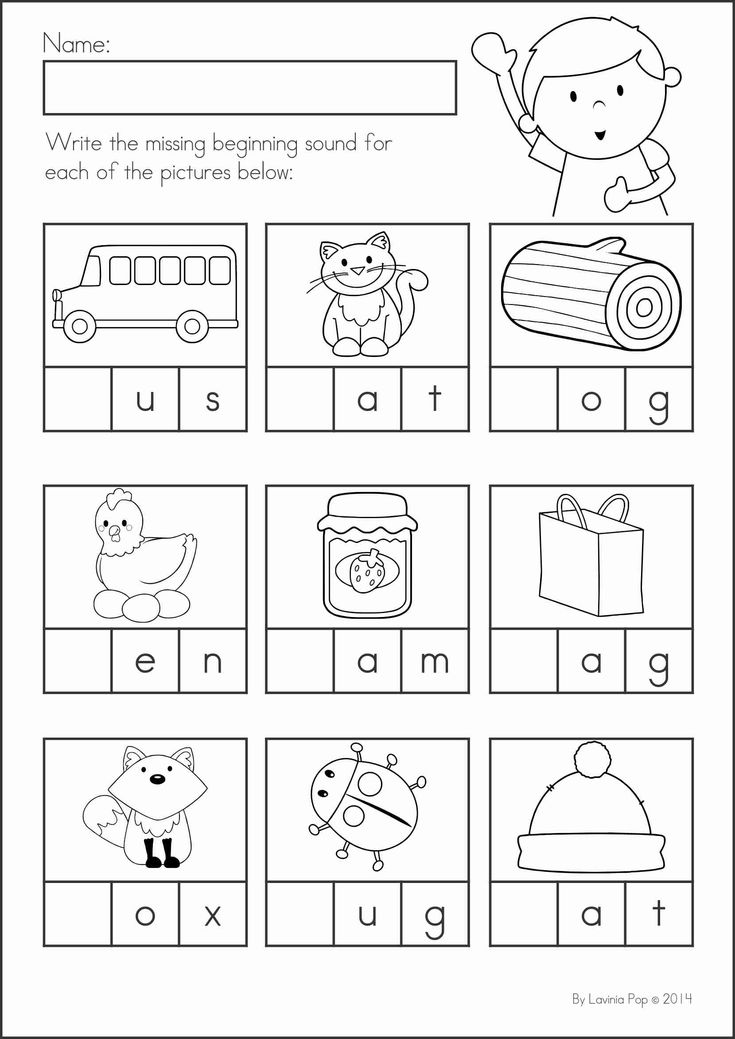 The simple setup is easy to transport and provides a kinetic twist to a basic phonics activity.
The simple setup is easy to transport and provides a kinetic twist to a basic phonics activity.
7. Erase the sound
Your little artist will love this simple and visually stimulating activity. Draw a picture on a whiteboard or chalkboard, name individual letters and have your child identify and erase items in the picture that start with that letter. PreKinders suggests drawing a snowman with a hat for “h,” buttons for “b” and carrot for “c.” If your child is old enough, you could also reverse the roles of artist and eraser, once they see how it’s done.
8. Mystery bag
In this tactile activity from PreKinders, you’ll place three objects within a bag—like a ball, bug and button for the letter “b”—have your child name each item, and guess the “mystery letter” that unites all of the objects. If you have more than one little one learning phonics, you can have them fill a bag for the others with objects around the house to have the others guess.
9. 4 in a row
The Measured Mom recommends this game for older preschoolers who can count to four and know most of their letters, but need a bit of review.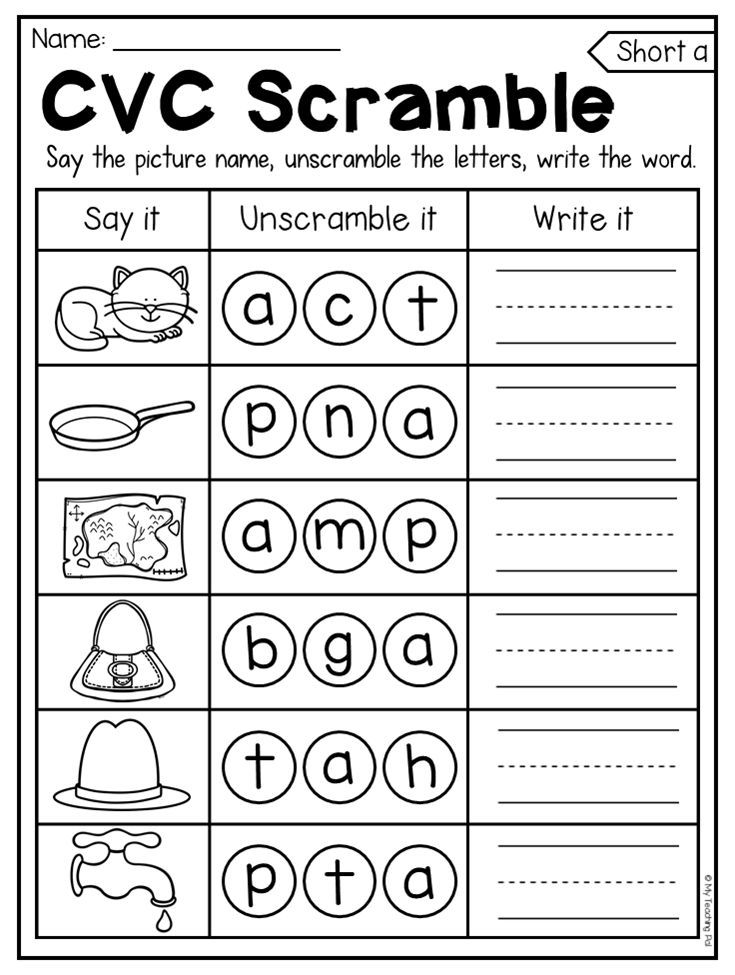 You can print this simple sheet from this website and take turns naming and pronouncing a letter. When you or your child names a letter correctly, you can color it in or cover it with a small object or game piece. The first to get four in a row wins!
You can print this simple sheet from this website and take turns naming and pronouncing a letter. When you or your child names a letter correctly, you can color it in or cover it with a small object or game piece. The first to get four in a row wins!
10. Kaboom alphabet
Using just jumbo craft sticks and a cup, each player will pull a stick out of the cup and say the sound of the letter written on the stick they draw. Then, they get to keep that stick. But “KABOOM” is written on one stick and every time it’s pulled, the unlucky player has to put all their sticks back in the cup. You can even set a timer as Fun Learning for Kids recommends for a fun speed-round version.
11. Say two words
This simple game from PreKinders requires zero materials and allows kiddos to stretch their legs and get some energy out. When you say two words that begin with the same sound, they should stand up as fast as they can, but stay seated if the words do not begin with the same sound.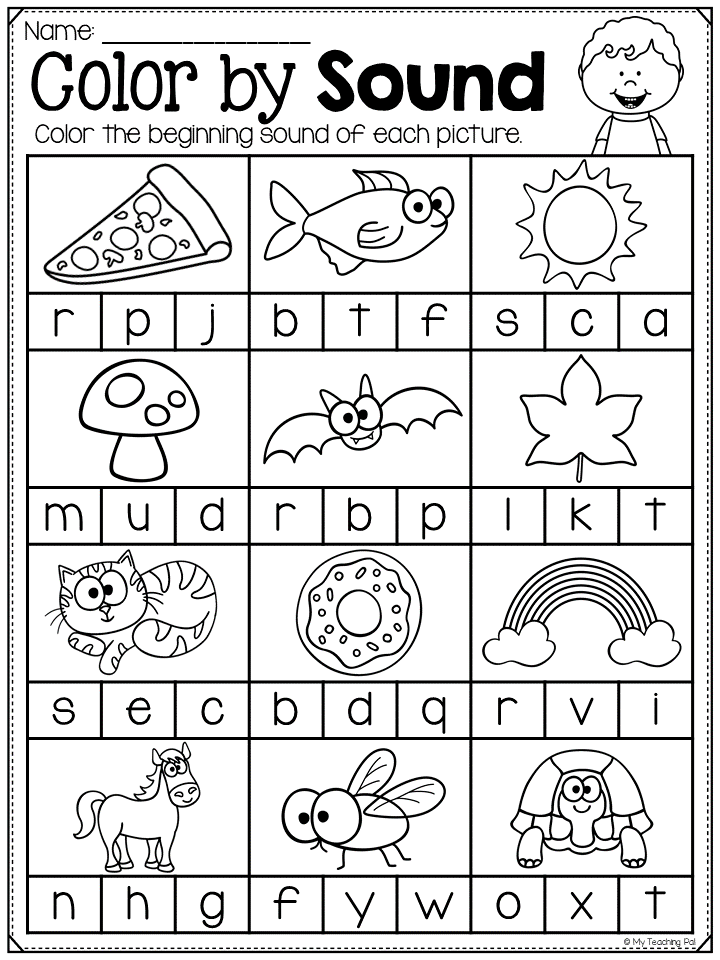 If playing with more children, you can create an elimination system, so that there’s one clear winner determined.
If playing with more children, you can create an elimination system, so that there’s one clear winner determined.
12. Monster names
This simple activity from PreKinders is fun anytime and takes absolutely zero setup. Have preschoolers replace the first letter of their name with the letter “M,” and add ‘mad’ to the beginning. For example, Ashely would become Mad Monster Mashlyn. The kiddos can then stomp around, growl and play monsters with each other. This simple approach for reinforcing phonetic sounds can obviously be expanded and modified for further practice (e.g., Cool Cat Cashlyn, Funny Fish Fashlyn, etc.).
13. Smack the letter
Fun Learning for Kids recommends this flexible and fun game. Preschoolers will love getting to use a flyswatter to hit the letters you write on sticky notes and pronounce for them to identify. You can pick the letter sounds they most need to work on. If playing with a peer, this game can become a race. Two to three children can play for points to see who can reach 10 first.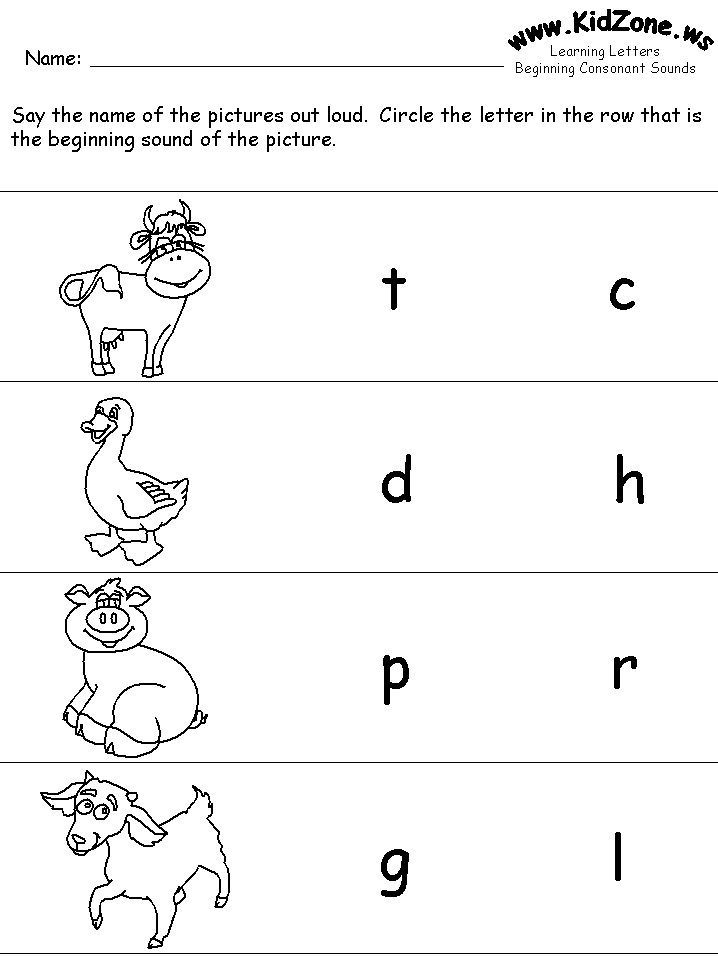 It can also be played tournament-style, if you’re working with a larger group.
It can also be played tournament-style, if you’re working with a larger group.
14. Phonics I-Spy discovery bottle
Imagination Tree offers this fun boredom buster. Fill a large juice bottle with a variety of small items that start with various letters, using rice or sand as a filler for the remaining space. To play, use an alphabet deck or phonics clip cards to pick a letter and have your child shake the bottle and hunt for the item with the corresponding beginning letter.
Make phonics fun!
If these ideas excite you, it probably isn’t because you only love phonics. It’s more likely you love helping little ones develop their minds too. If making a career out of that love sounds like a bright idea, learn about just how important early childhood education is and how you could play a role in it.
25 Beginning Sounds Activities and Printables
These beginning sounds activities give young children the chance to practice important phonemic awareness and phonics skills.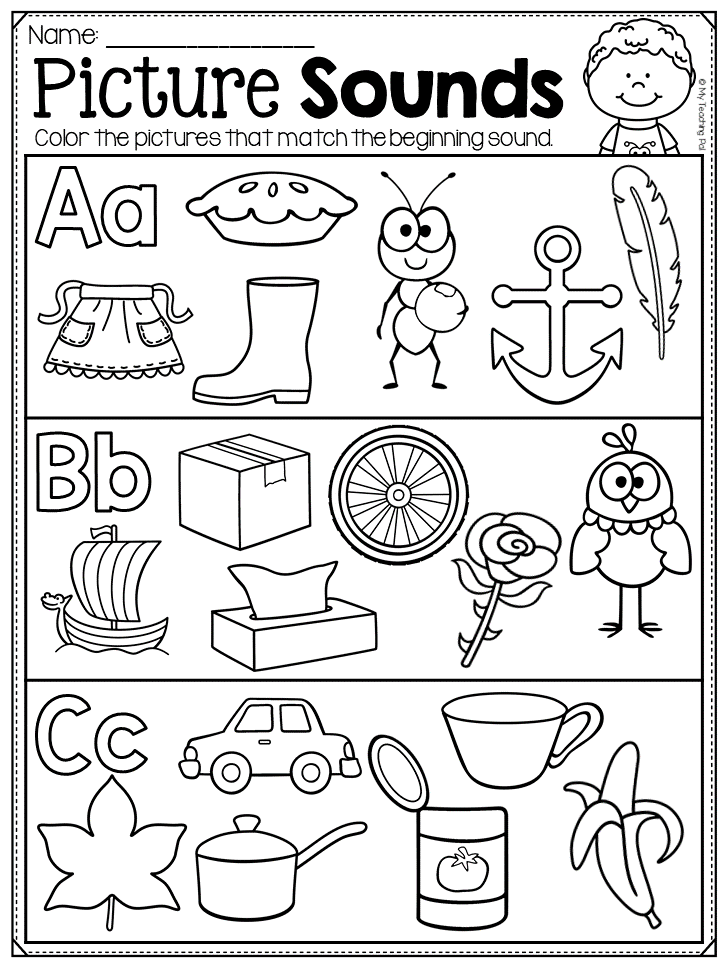 Be sure to add them to your master list of literacy activities for preschoolers!
Be sure to add them to your master list of literacy activities for preschoolers!
Recognizing how sounds are the same, and how they’re different, is referred to as sound discrimination. Hearing the first sound in words is one aspect of sound discrimination, and it’s an important phonemic awareness skill. It helps children to pay attention to the sounds they hear, and it aids them in learning letter sounds down the road.
Below, I share a variety of beginning sound discrimination ideas for young children. Some are purely oral language activities, focusing only on the sounds in spoken words.
Others are beginning sounds activities that incorporate letters. While these are inherently phonics-based activities, more research has come out indicating that pairing letters with phonemic awareness activities is beneficial. It is important to remember that language development, learning to read, and learning to write include a multitude of skills that interweave to create a literate person.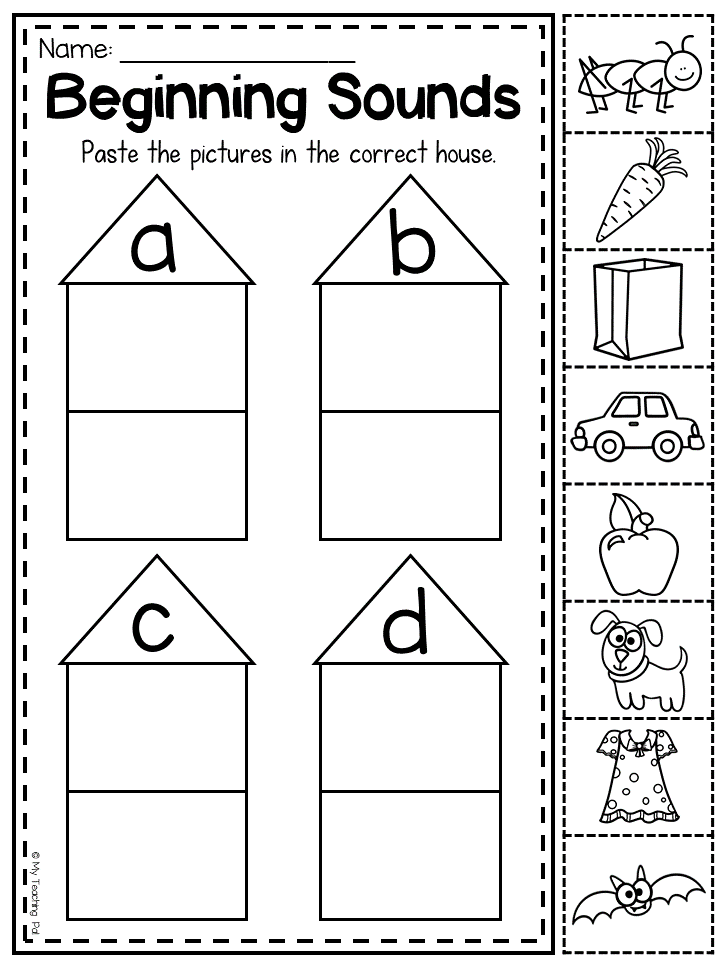
Related: Spring Printables for Preschoolers
Table of Contents
How to Teaching Beginning SoundsBefore I jump into the beginning sounds activities, I wanted to talk about HOW to teach initial sounds. Because they do need to be taught. While kids can pick up a lot from being read to, carrying on conversations, and observing those around them, explicit literacy instruction (at all levels) is very important.
That being said, this instruction doesn’t need to happen for hours at a time while children are sitting at a desk. For young children, especially, that just won’t work. So here are some tips for teaching children about beginning sounds:
- Explain and model in a succinct manner. Short and sweet direct instruction!
- Scaffold the children along the way. Your support is imperative.
- Incorporate lots of hands-on activities and games.
- Let the children move as they learn.
- Keep it going throughout the year.
 This isn’t a “one and done” topic.
This isn’t a “one and done” topic. - Make things meaningful to the children as much as possible.
- Use visuals!
- Don’t forget conversations and songs.
The above tips can really be applied to all phonemic awareness activities! What would you add to the list?
Beginning Sounds ActivitiesNow let’s get into the initial sound ideas! As I mentioned earlier, some of these will be solely focused on oral language while others will bring in the alphabet. I separated things into categories for you. That way, you can find the activities that best meet the needs of your individual students.
Picture-Only Beginning Sounds ActivitiesFirst up are activities that are 100% phonemic awareness. Click on the links below to read more about each of the ideas and, in some cases, grab the free printables.
The St. Patrick’s Day beginning sounds printable is the beginning of a series focused on initial sound games for preschoolers.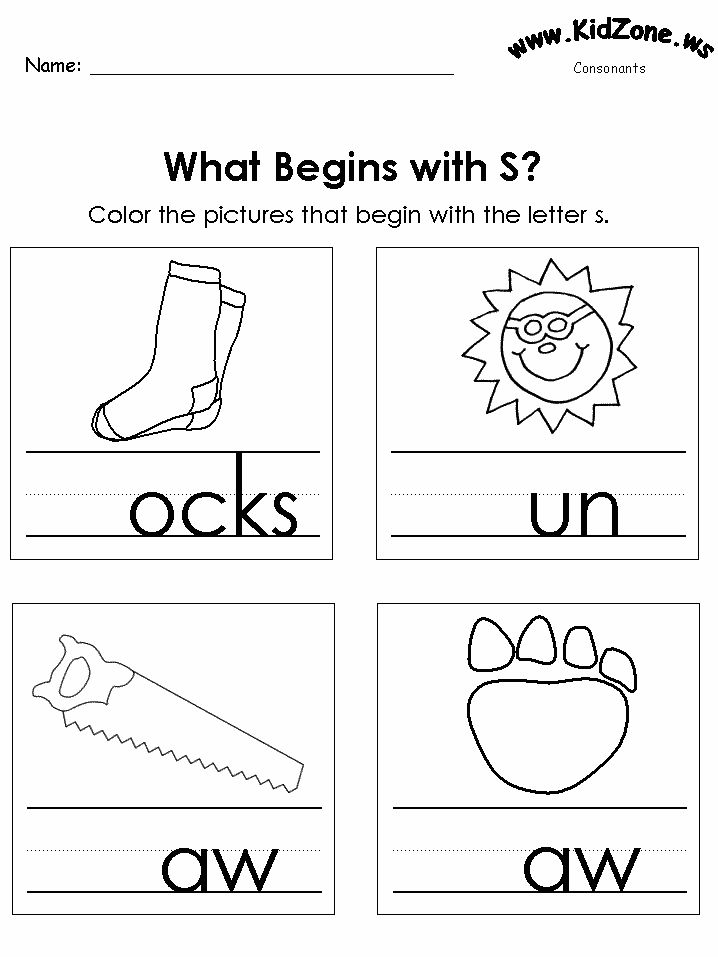 I’ll be adding more to the series throughout the year, so do check back!
I’ll be adding more to the series throughout the year, so do check back!
The Measured Mom has a set of sound clip cards ready for your kids. You can use them with clothespins or math manipulatives.
Grab your own set of printable beginning sounds bingo cards from Growing Book by Book.
Related: Syllable Activities
You’ll find a fun initial sounds sorting game over on Pre-K Pages. I love that this activity uses simple materials you might already have.
Play This Reading Mama’s letter sounds tic tac toe with your students! What a unique way to practice matching beginning sounds.
Make a beginning sounds book based on family or classroom members like Growing Book by Book. Then be sure to read it over and over again once it’s done!
Super Simple Initial Sounds ActivitiesI also want to share some beginning sounds activities that you can easily weave into your day. These are fast and easy and don’t require much prep.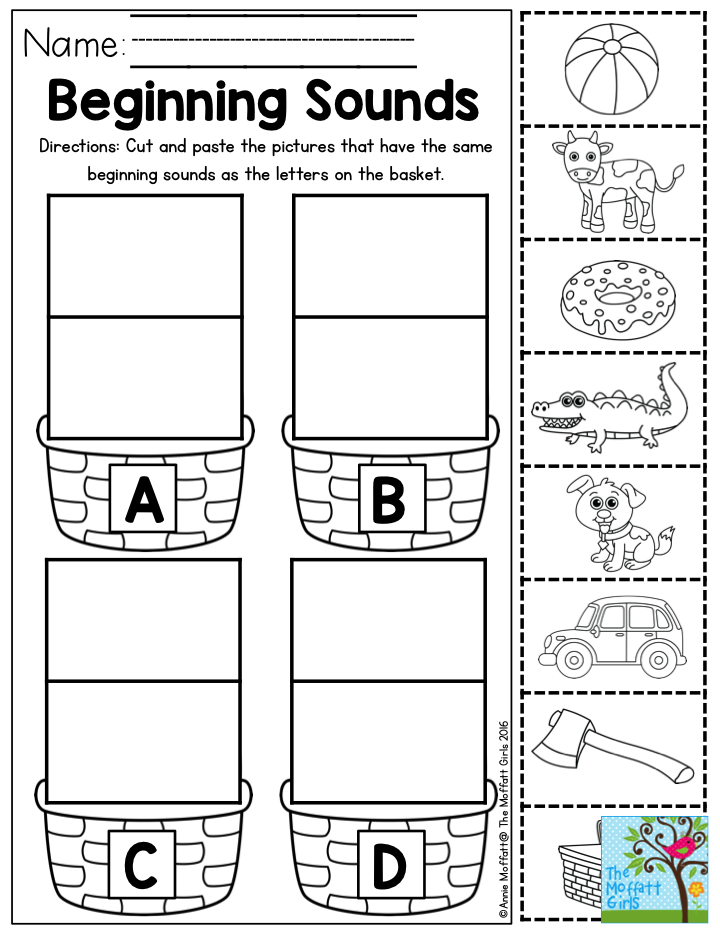
Incorporate the initials sounds into transitions. “Line up if your name starts with /m/.”
Play a guessing game, “I’m thinking of a name that begins with /s/.” Or, “I spy something that starts with /d/.”
Challenge the children to a beginning sounds scavenger hunt based on their own names. You might need to double-check there’s something available for everyone beforehand.
Practice gross motor skills with a beginning sounds bean bag toss. Place a few images on the floor. Kids toss a bean bag at the image that starts with a sound you say.
Use children’s pictures, real photos of common items, and/or store-bought picture cards for picture sorts.
Make up a song! Here’s an easy one, to the tune of “Do You Know the Muffin Man”
Do you know what starts with /m/,
Starts with /m/,
Starts with /m/?
Do you know what starts with /m/?
Let’s say a word!
Tie the initial sounds into what you’re learning about (butterflies, for example).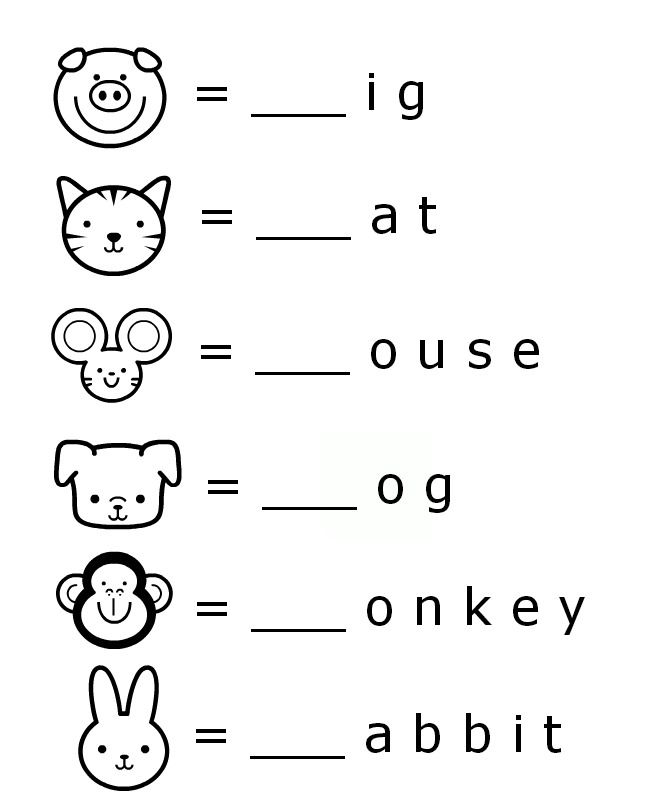 Say two words. If the words have the same beginning sounds, kids can flap their “wings” like butterflies.
Say two words. If the words have the same beginning sounds, kids can flap their “wings” like butterflies.
Make a “feed the monster” game by cutting a hole in a shoebox top. You can even go all out and decorate it like a monster. Kids can only feed the monster pictures of things that start your chosen sound.
Play a listen and clap game. Kids clap if you say two words that start the same. Otherwise, they don’t clap.
Challenge the children to a “what’s different?” game. Place a few pictures or objects out. The kids have to determine which one doesn’t start the same as the others.
Letter-Sound Correspondence ActivitiesNow let’s talk about beginning sounds activities that incorporate letters. You can definitely tweak these ideas and remove the letters if that’s what you prefer!
Related: Magnetic Letter Sorting
Use Fantastic Fun and Learning’s free printable to go on a dinosaur beginning sounds scavenger hunt. Little paleontologists will get a kick out of this one.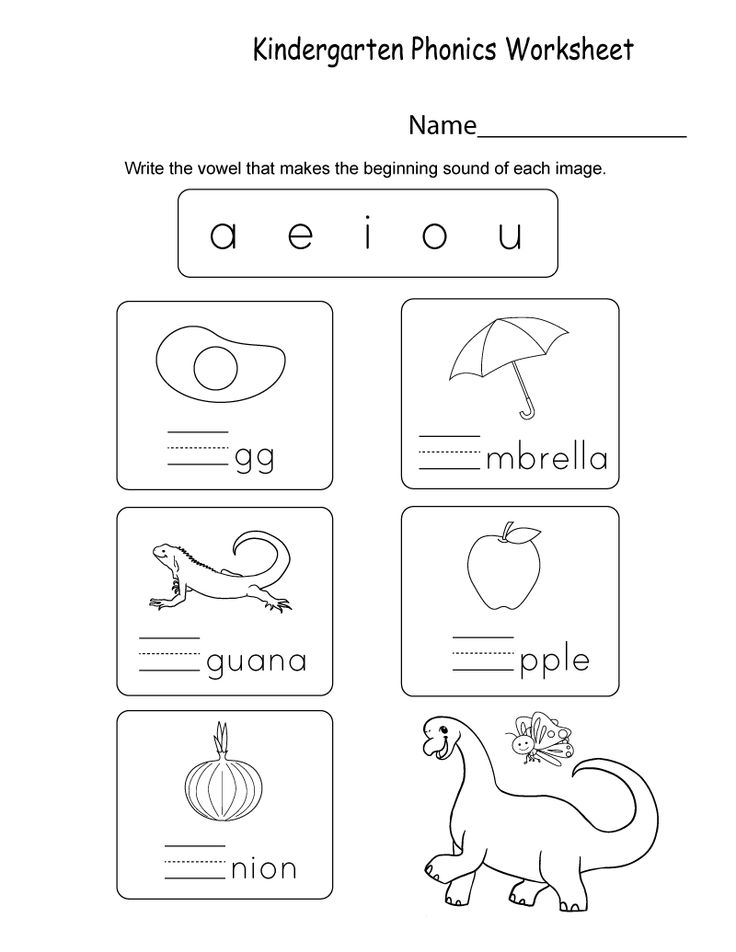
Bring out the play dough for Modern Preschool’s identify and stamp activity. Perfect for your collection of cookie cutters.
Your little builders will have a blast hammering beginning sounds with ABCs of Literacy. Definitely add this to your next construction theme.
Related: Simple Early Literacy Activities
Growing Book by Book’s beginning sound pancakes would be fun in the dramatic play center. Everyone can have a pancake that starts with the same sound as their name!
Or make a set of beginning sounds sticks like Pre-K Pages. Lots of fine motor practice to be head here, too.
Add in some tactile learning with Stay at Home Educator’s initial sound object matching.
Set up a Busy Toddler’s sound matching sensory activity with your favorite sensory materials as the base.
Royal Baloo’s planet beginning sound clip cards would be great as part of a preschool space theme.
Challenge the children to a sound scavenger hunt like Frugal Fun for Boys.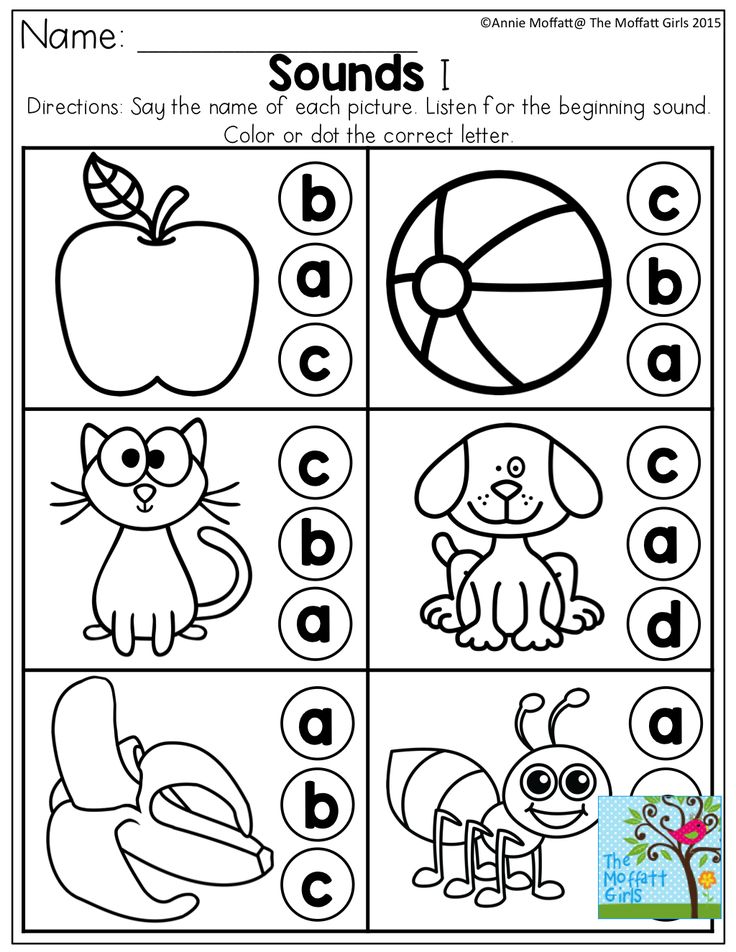 Then have them sort what they found onto the appropriate letters.
Then have them sort what they found onto the appropriate letters.
Now that you have so many ideas for your own beginning sounds activities, let’s chat materials. I love that you can use what you have on-hand, or grab a free printable, for many of the activities shared here. I’m a big fan of using what I’ve got!
But if you want to expand on the items you use for teaching initial sounds, I’ve got some ideas for you (I may get commissions for purchases made through links in this post):
- Interactive alphabet sounds posters and books
- Letter picture games
- Alphabet and sound magnets
- Letter sound games
- Language miniature objects
Let Preschool Teacher 101 save you time with fully-developed preschool resources! We have a wide variety of resources from lesson plans to STEM challenges to math activity packs.
We also have some phonemic awareness materials, like this beginning sounds pack that you can use as online OR printable games.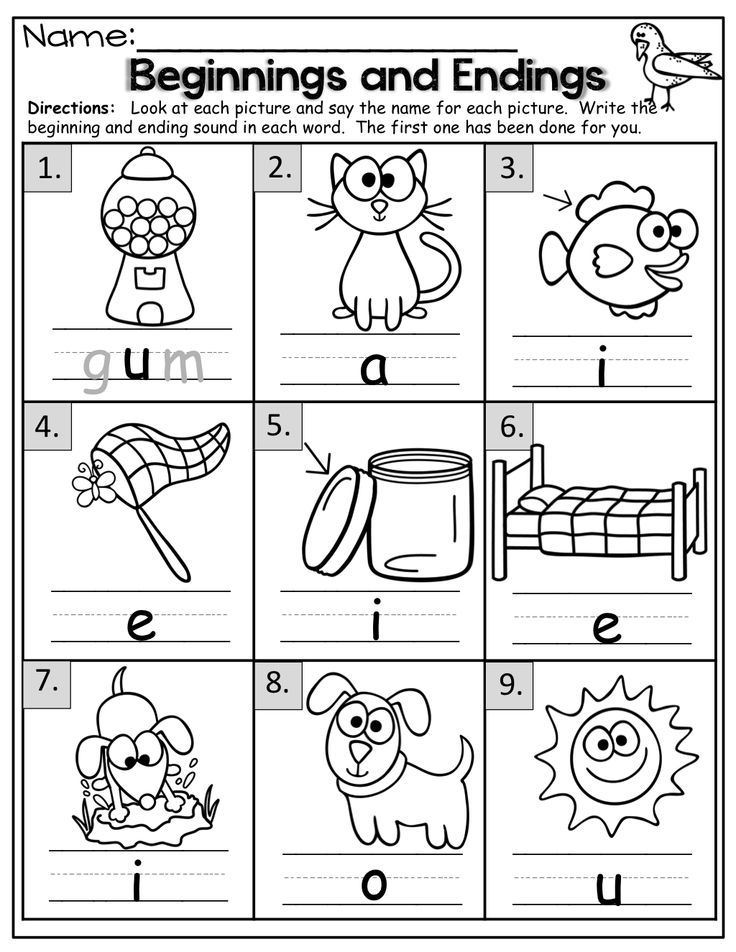 Click on the image below for more information:
Click on the image below for more information:
Here are a few more alphabet-centered literacy resources for you:
Alphabet Puzzles: Letters & SoundsLetter Fluency Strips & GameLowercase Letter PuzzlesBe sure to join the waiting list for The Pack from Preschool Teacher 101 today! Members get access to more, and there are multiple membership options to choose from.
Originally published February 2015.
Synopsis of a lesson on the formation of sound pronunciation for children of the older group. "Sound and letter H" | Outline of the lesson on the development of speech (senior group):
Ilinykh Irina Vladimirovna, educator
MBDOU "Kindergarten No.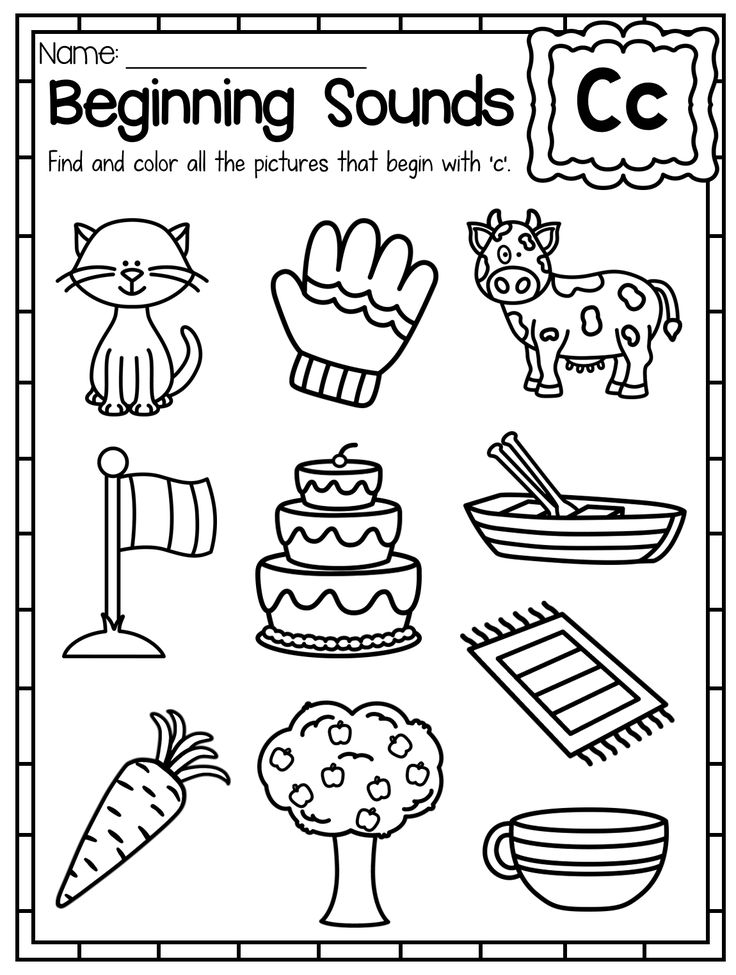 15 "Ladushki"
15 "Ladushki"
Purpose: the formation of phonetic and phonemic means of the language.
Tasks:
Educational:
continue to teach children to pronounce the sound H correctly,
teach to characterize the sound according to acoustic and articulatory features,
introduce the visual image of the letter H.
developing:
develop the ability to distinguish the sound H in a number of words;
develop the ability to determine the position of a sound in a word (beginning-end)
develop the ability to analyze the syllables OH, HA. develop phonemic processes, memory, attention, articulatory motor skills.
Educational:
cultivate the desire to help others, curiosity.
Vocabulary work: horizontal, vertical. nine0003
Preliminary work: familiarization with the sound N, learning articulatory gymnastics, phonetic rhythm, learning the skills of sound analysis.
Equipment: laptop, presentation, projector, screen, type-setting canvas, pictures with H sound, symbols for vowels, consonants.
GCD move:
Educator: First, let's stand in a circle,
How much joy is around!
We will all join hands,
And smile at each other.
We are ready to play,
We can start the meeting!
Educator: This morning I received a message from the Golden Fish. She asks to be released from the captivity of pirates. To do this, you need to complete their tasks.
Educator: I suggest you complete the tasks of the pirates.
Guess the sound game
Educator: look at the screen and name the words (rhinoceros, scissors, socks, glass, sofa, notes, determine what these words have in common, determine which sound will help pass tests. With which sound have to meet
Articulation gymnastics.
Children come up to the mirrors, describe the articulation of the sound N.
With a tense tongue
Press upward on the gum.
N- we pronounce it loudly.
Spout helps sound.
Game “Invisible Sounds”
Let's sing a song of sounds by doing exercises
phonetic rhythms: AI, UA, UN, AN.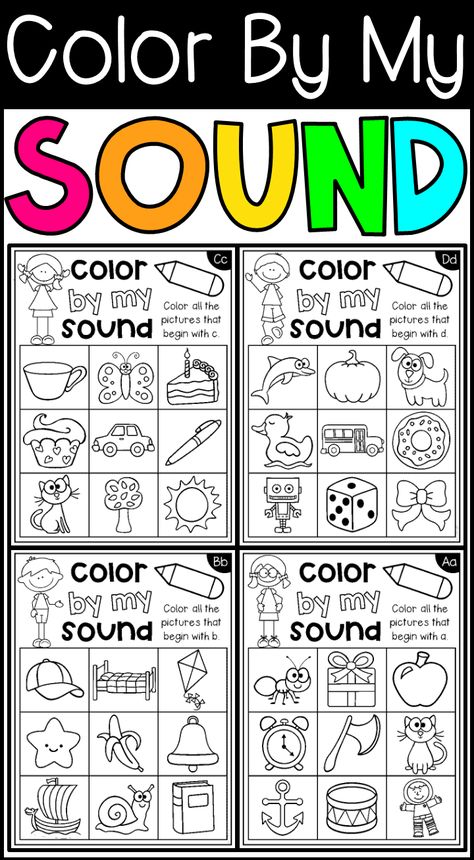
Game "4 extra"
Educator: I will tell you a few words, and you will say the word with the sound H, then say it
word with different intonation (fun, surprised, sad).
Knife, cat, bus, bag.
Fly, stork, house, socks.
Lips, whale, sofa, floor.
Notes, cloud, T-shirt, bouquet.
The game "Let's populate the houses"
Children lay out the pictures according to the location of the sound in the word.
(Night, notes, rhinoceros, legs, sofa, lemon, glass, drum)
Laying out sound patterns of the syllables OH, NA.
Game "Knock"
To open the door of the dungeon, you need to knock correctly. (Children repeat the rhythmic pattern proposed by the teacher). The liberated 9 appears0003
Goldfish.
Educator: Guys, the sound H on the letter is indicated by the letter H.
In gratitude for the fact that we saved the Golden Fish, she will show us the letter H.
Write the letter H like this:
Leg, leg,
put on a belt.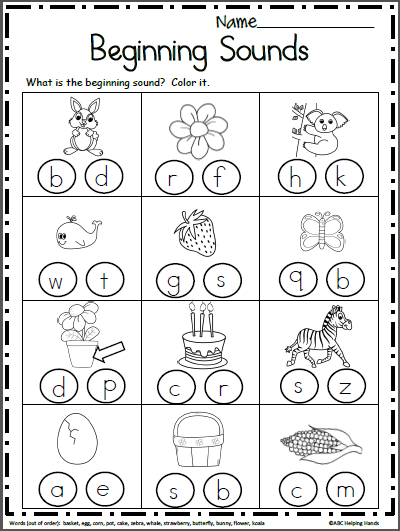
Educator: let's look at the letter N. Think and say what it looks like. What elements does it consist of (2 sticks are long-vertical, and 1 short-horizontal). Offers to write a letter in the air. Then on your palm. nine0003
Educator: Tell me, could we help Golden Fish. For this, she prepared a surprise for us, the letter H, which you can color.
Abstract of GCD on teaching literacy Topic: "The sound of O, the letter O." (for children 6-7 years old) | Outline of a lesson on teaching literacy (preparatory group) on the topic:
Abstract of GCD on teaching literacy
Topic: “Sound O, letter O.”
(for children 6-7 years old)
Tasks:
1) To teach children to determine the position of sound in words: beginning, middle, end. nine0003
2) Strengthen the characteristics of the sound O, develop the ability of children to distinguish the sound O by ear.
3) Continue to teach children to conduct sound analysis and synthesis of simple words.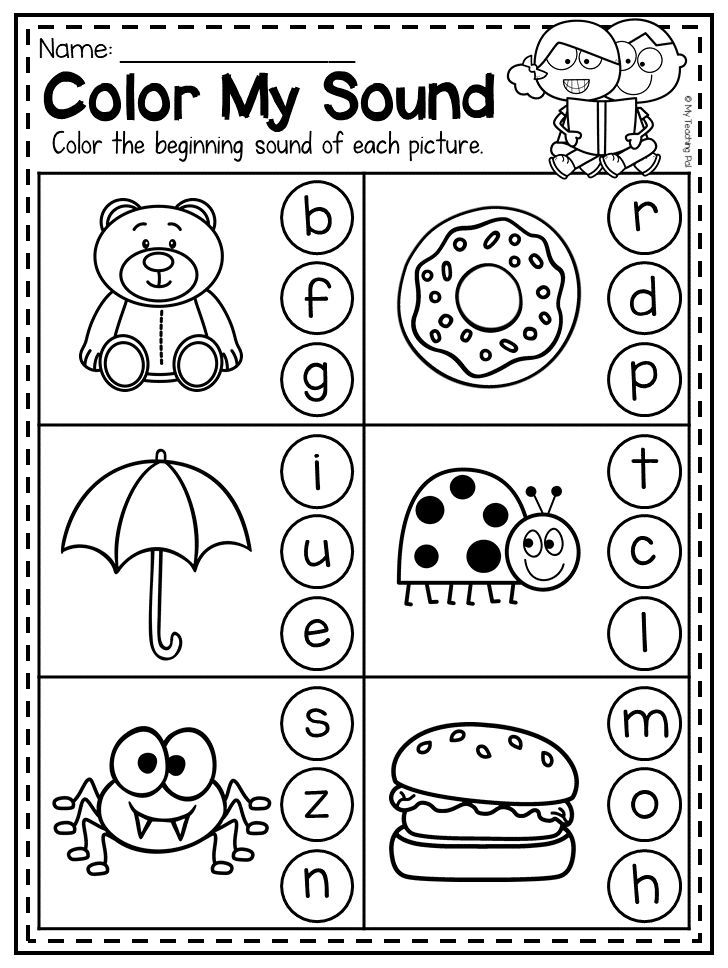
4) To consolidate children's knowledge of the letter O.
5) To acquaint children with the concepts of "stress", "stressed syllable"; give an idea of how it is determined.
6) Develop phonemic perception, phonemic hearing, memory.
7) Foster a culture of communication.
Stroke NOD:
1. Organizational moment: a letter from the girl Olya, who is going to school soon and does not know what sound her name begins with. The envelope contains a sheet with riddles:
Winged fashionista,
Striped dress.
Although he is small,
If he bites, it will be bad.
(OSA).
At the bottom, where it is quiet and dark,
There is a mustachioed log.
(COM).
In a marvelous forest behind any pine
A marvelous wonder of the forest hides. nine0003
Shout "Aw!" - and it will respond,
Laugh and it will laugh.
(ECHO).
The teacher invites the children to pronounce the sound (О) and tell what the sound (О) is: that the sound (О) can be pronounced drawlingly, sung, it is easy to speak, pronounce quietly, loudly;
sound articulation: lips look like a window, extended forward, but not much.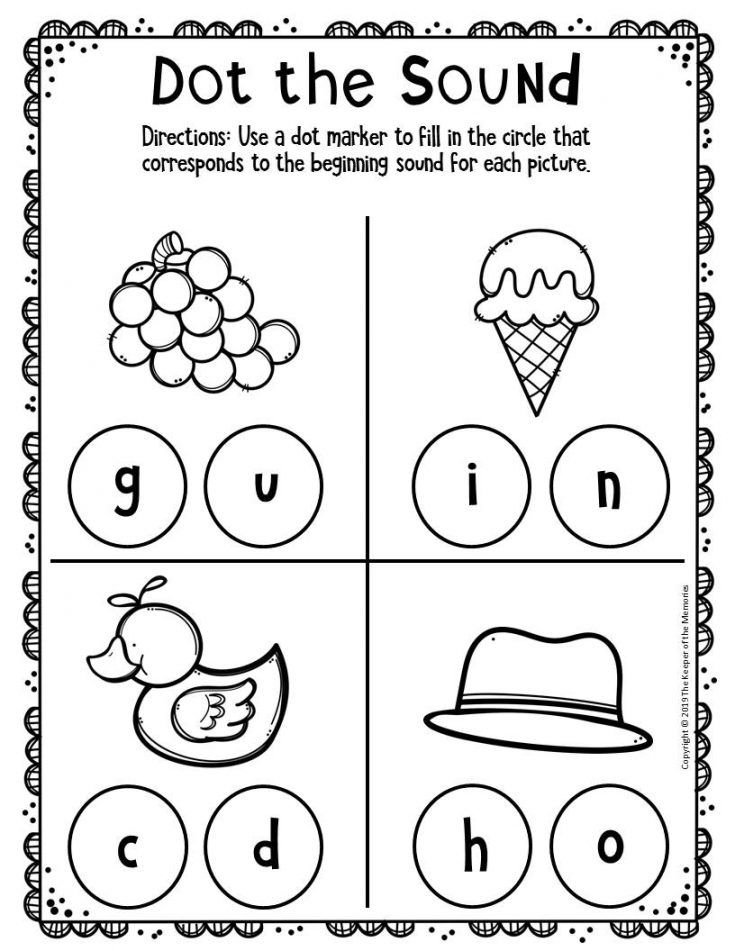
Conclusion: sound (O) - vowel.
-Children, there is a sheet with games in the envelope. Olya offers us these games. nine0003
2. Phonemic perception.
The teacher offers to play the game “Where is the sound hiding?”:
The teacher names the words, emphasizing the sound O.
Children determine its position in the word (beginning, middle, end).
Sample words:
WINDOWS, DONKEY, GLASSES;
SEA, TABLE, HOUSE;
CINEMA, MILLET, COAT.
The teacher continues:
- Each sound has its own letter. Children, let's remember how the sound differs from the letter?
Children's answers (individual).
Conclusion: sounds - we hear, we pronounce, and letters - we see, we write, we read.
- Children, remember and tell me what color the vowel sound is? Consonant?
Children's answers (individual).
3. Sound-syllabic analysis:
Word: KINO.
1) How many syllables are there in this word? (slap, stomp, walk)
2) How many sounds are there?
3) How many vowels?
4) How many consonants? nine0003
5) What is the number of sound O?
Children work with a sound ruler, laying blue and red squares on it.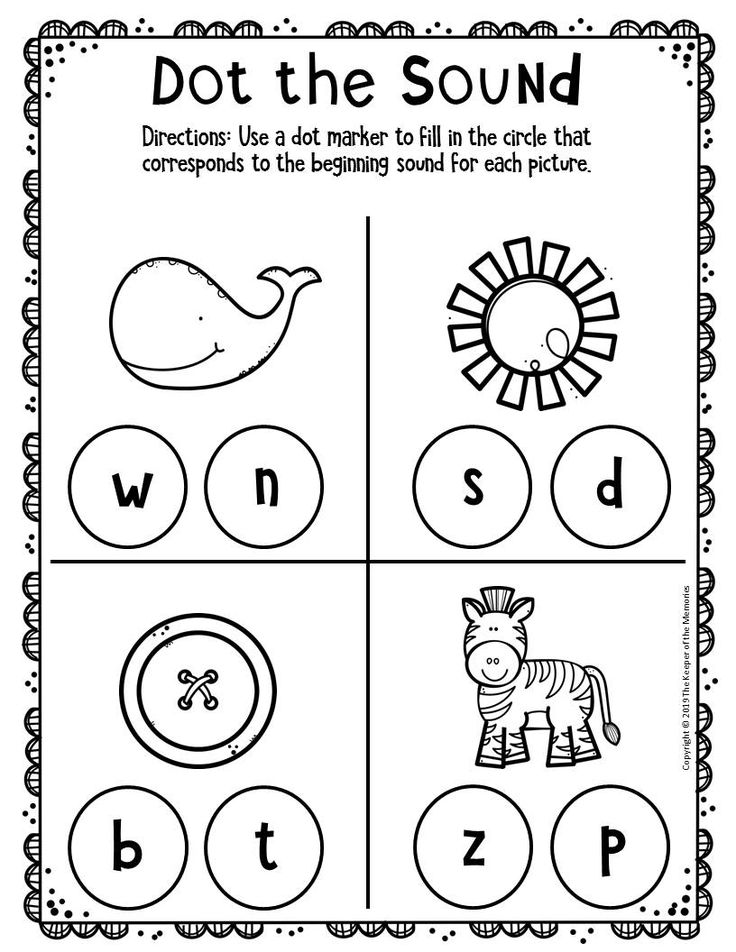
4. Emphasis.
The teacher shows the “accent” icon. It can be represented as a hammer.
Sound analysis of the word MUKA.
-What vowels are there in the word MUKA?
Children's answers (individual): -y, -a.
-Listen to how I say the word so that they hear the stressed vowel sound in it: MUKAAA. Who will say this word in the same way, so that we would hear a stressed vowel sound? nine0003
Children's answers (individual): MUKAAA.
- Stressed vowel A in the second syllable. We put an accent mark.
Then the teacher rearranges the stress mark to the letter U and suggests reading the word with a new stress.
- What word did you get?
Children's answers (individual): MUUKA.
- Yes, the word is MUUKA. So they say when someone suffers, suffers.
Listen to a poem that tells how the girl Nina made clay pies:
Clay dried up,
Nina got angry,
Not flour, but flour –
Science for cooks.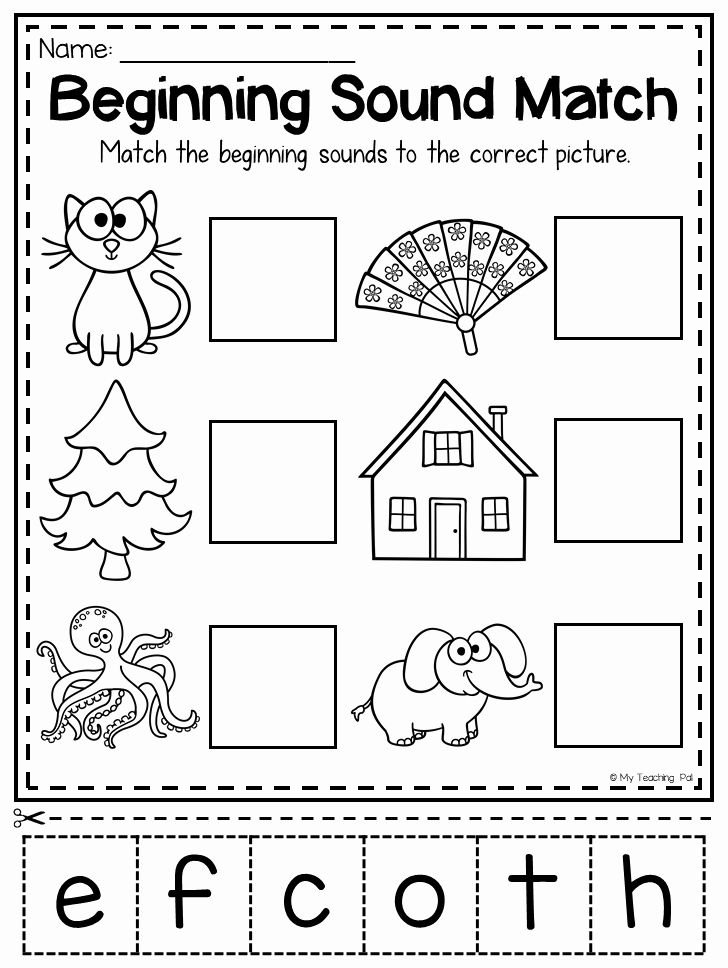
/ The teacher draws the children's attention to the fact that a new word has been obtained from a change in stress in a word. Stress helps us to distinguish words. /
The teacher offers to listen to a poem (reads):
Stressed syllable,
Stressed syllable -
It is not named so for nothing ...
Hey, invisible - hammer,
Mark it with a blow! nine0003
AND THE HAMMER KNOCKS, KNOCKS,
AND CLEARLY
SPEECH
MY
sounds.
(A. Shibaev)
5. Physical education:
One, two, three, four -
We stomp our feet.
One, two, three, four -
We clap our hands.
Arms outstretched –
One, two, three, four.
Bend over - three, four,
And jump on the spot.
On the toe, then on the heel,
We all do exercises. nine0003
Appropriate movements.
6. Acquaintance with the letter O.
1) The teacher offers to listen to a poem (reads):
There is no corner in this letter,
That is why it is round.
Look at the wheel -
And you will see the letter ... O.
2) Analysis of the letter O:
- What does the letter O look like? (pointing with a pointer)
Children give individual answers.
3) Next, the children write the letter O in the air and construct O on the table with threads. nine0003
The tutor gives recommendations, shows during the work.
4) Read the letter O in combination with consonants:
C
O H
M
5) Work in a notebook. Children print the letter O and the syllable SO.
7. Consolidation of the past.
The teacher offers the children sheets of paper with an oval.
- This is not just an oval. It's somebody's face! What sound does the word face end with? Draw the parts of the face. But there is one condition: if the name of the part of the face that you want to finish has the sound O, draw it in orange, and if not, in green. nine0003
/ The teacher offers a sheet with symbols:
mouth, nose, hair - orange, eyes, ears - green /
8.